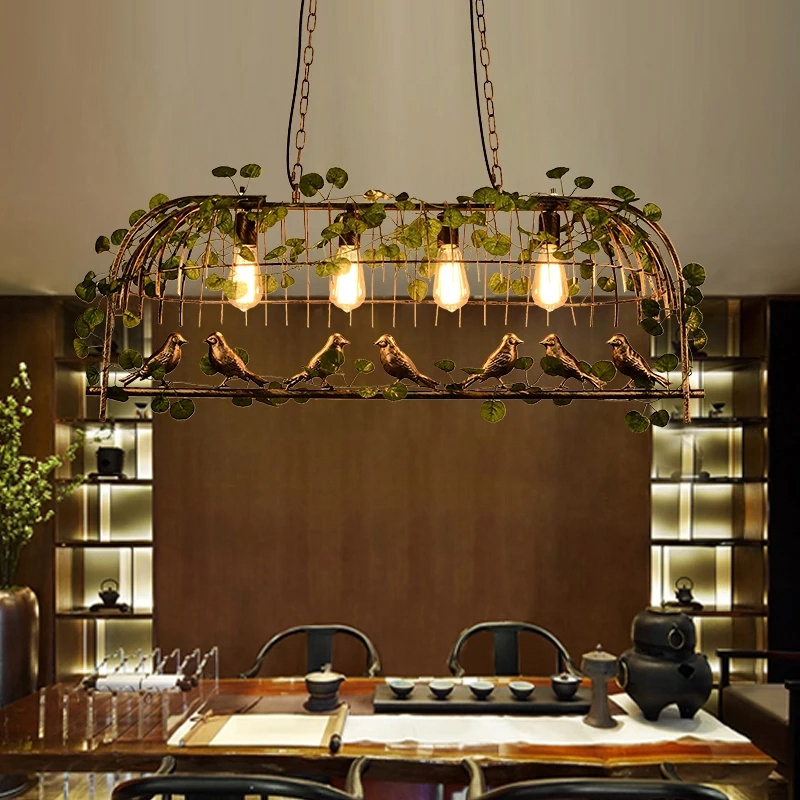
Flowers are beautiful, but they also serve an important purpose: They help plants reproduce by allowing them to produce seeds. The seeds can then be sown to create a new plant of the same species. To accomplish this task, a flower needs both male and female parts, or pollen and ovules, so it can be fertilized by sperm. The male parts of a flower are called the stamens, while the female part is known as the pistil. The female part is attached to a long, tubelike structure called the style, which leads to the ovary sac containing the ovules. A flower’s stigma is sticky to attract pollen, and the ovules in the ovary are receptive to fertilization. The function of the style is to carry pollen grains from the stigma to the ovules in order to complete fertilization.
The outer layer of a flower is comprised of green leaves and other vegetative structures, collectively known as the calyx. The inner layer of a flower is made of petals, which vary in number and color depending on the plant. The petals are the most visually striking parts of a flower, and they are often brightly colored to attract insects or other animals that may aid in the pollination process. The petals form a circle around the calyx and are called the corolla. In dicots, the corolla usually consists of a circle of distinct petals, while in monocots, the petals may be solid or patterned with various shapes and overlapping layers (such as those seen on roses).
A slender stalk that connects the stigma to the ovary is called the style. During the fertilization process, when pollen grains land on the stigma, secretions from the stigma cause them to germinate and grow a tube that leads down the style. This tube, called the pollen tube, carries the pollen grains to the ovules in the gynoecium of the pistil and fertilizes them. The ovules, once fertilized, will swell to protect the developing seeds and the flower will eventually ripen into a fruit that contains its seeds.
The role of the ovary and the style is essential to flowering plants because it is the mechanism by which angiosperms produce a haploid gametophyte that alternates with the diploid sporophyte in alternation of generations. Without this alternation, plants could not produce the fruits, nuts and berries that are essential to human and animal nutrition. In fact, over 75% of the fruits, vegetables, nuts and berries grown for consumption in the United States are produced by flowering plants, and most of those crops are dependent on insect pollination. This is why it is critical to understand how the functions of the ovary and the style are interrelated, and how they interact with each other during the sexual reproduction process in angiosperms. A new study has uncovered genetic evidence that helps explain this interaction. The study, published in the journal Nature Communications, identifies a family of genes that fine-tunes the architecture of the stigma and the style and determines how this structure interacts with the ovary to achieve alternation.


